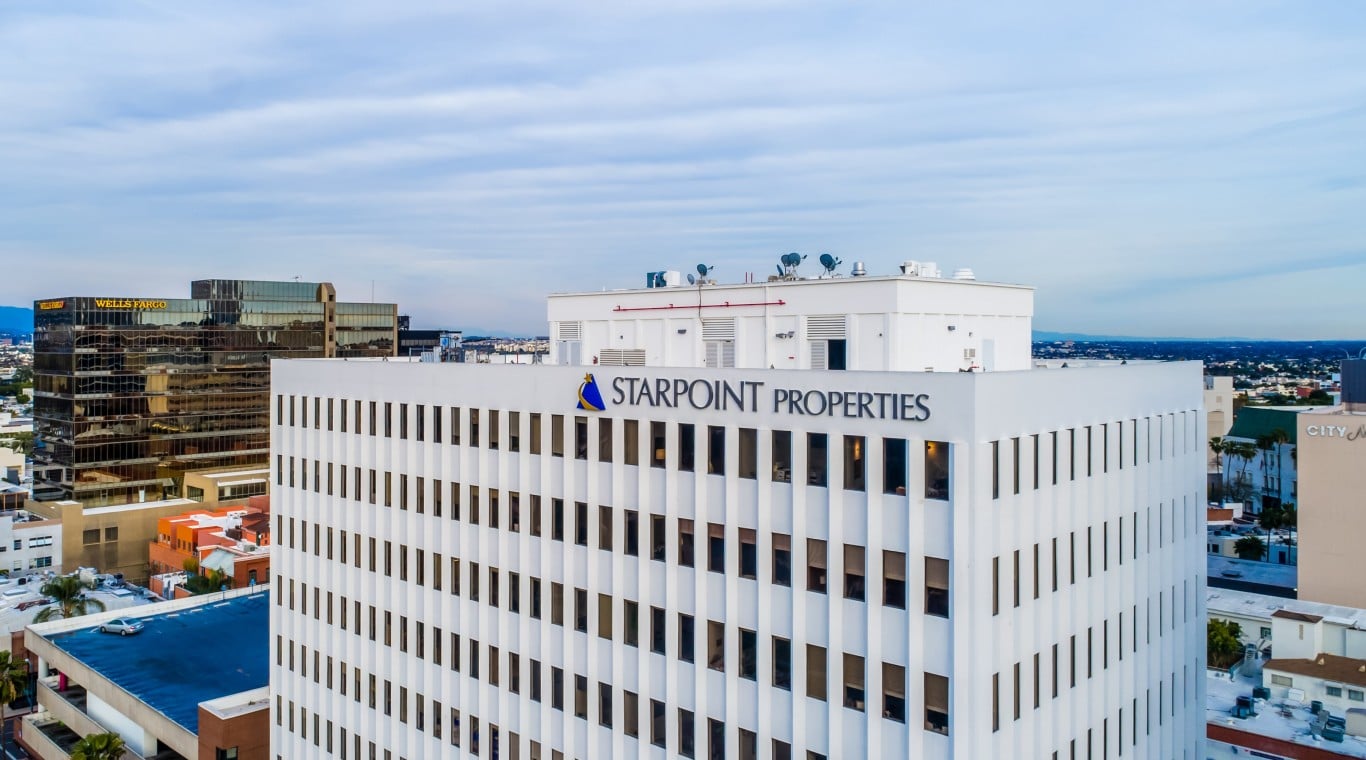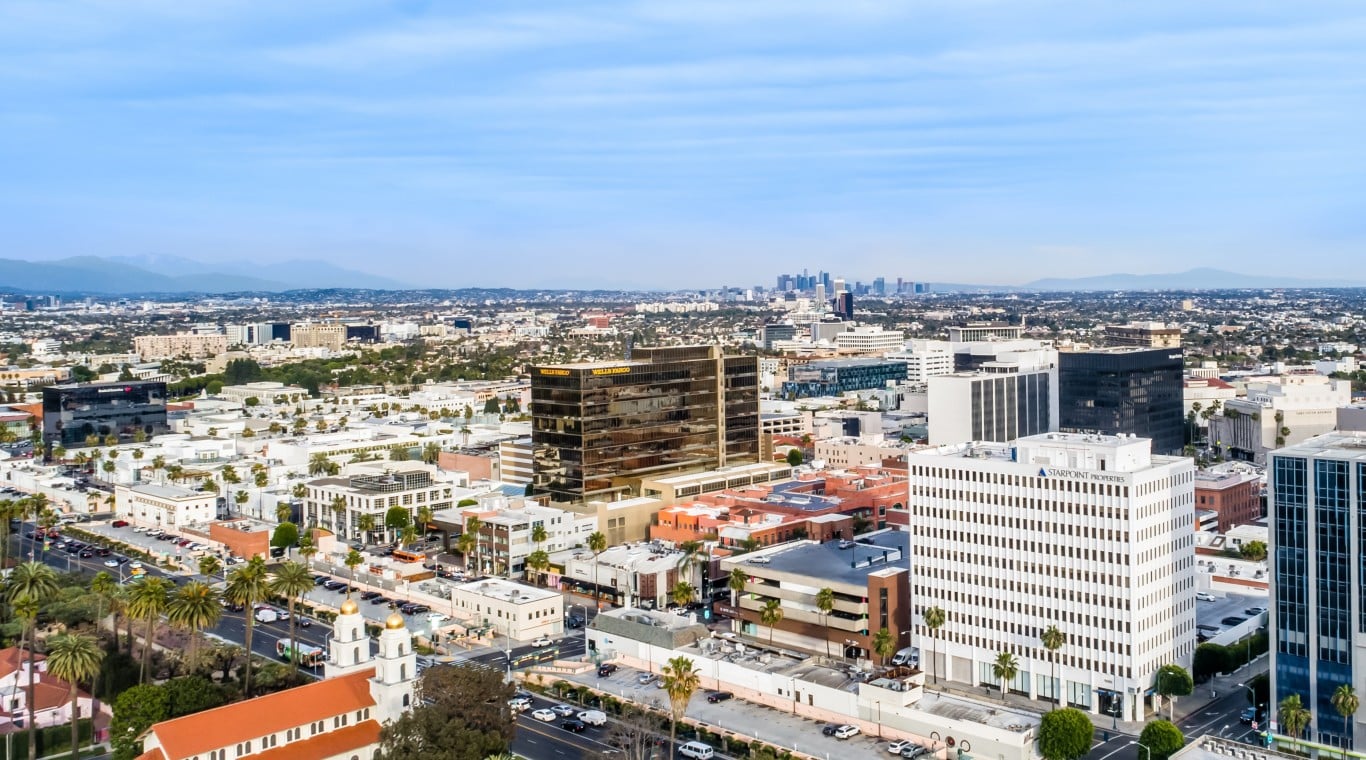We are not born with resilience and grit, and this is cultivated through overcoming setbacks. The hallmark of a great leader is someone who approaches problems as a learning opportunity.
I will profile Walt Disney and Ray Dalio, two business leaders who took huge career risks and overcame seemingly insurmountable challenges on their path to success.

Walt Disney
Walt Disney was born in Chicago in 1901 and his father worked as a carpenter earning $1 per hour. In 1910, at nine years old, his father became sick with Typhoid, and Walt began working as a newspaper delivery boy to support the family. In middle school, he drew caricatures of people at the barber shop in exchange for free haircuts. He lied about his age to find employment and worked a variety of odd jobs. Eventually, Walt found a job as a cartoon apprentice at an art studio. He was laid off less than a month later for “lack of imagination.”
Walt continued to pursue a career in the arts and developed a fascination with animation. He was hired to make a series of animated cartoons named Laugh-O-Grams. He worked a day job and at nighttime created Laugh-O-Grams. In 1922, at age 20, Walt formally incorporated the Laugh-O-Grams as a business. Business was doing poorly, and Walt showered at the Kansas City Union Station and slept in his office to save money. Despite this, he was unable to keep the company from going bankrupt. At age 21, Walt packed up shop and moved to California with $40 in his pocket.
In 1923, Walt and his brother Roy founded Disney Bros. Studio in Hollywood. Their first big break came when Walt invented the Mickey Mouse cartoon character and won his first academy award.
Disney Studio films were typically 4 to 10 minutes long. There had never been an animated feature film and Walt dreamed of being the first to create it. Walt’s wife and his brother begged him to put the idea to rest. Walt pressed on and drove the studio to bankruptcy in the process. It took 3 years to create Snow White and they had to secure a Hail Mary loan to complete it. Their investors were convinced that this film would destroy the company.
Disney Studios released Snow White in 1938, with a run time of 1 hour and 23 minutes. It won 8 Oscars and became the highest grossing film of the year, earning $8 million ($134 million today). This capital enabled them to build a new studio in Burbank, California.
In the 1940s, Walt dreamed of creating a theme park for children, and he had difficulty raising money for the development. He came up with the idea to fundraise on live television. In 1955, he finally opened Disneyland. He went back on television to announce the grand opening, “Disneyland is your land… Here youth may savor the challenge and promise of the future. Disneyland is dedicated to the ideals, dreams, and the hard facts that have created America… with the hope that it will be a source of joy and inspiration to all the world.”
Walt Disney Studios, a company founded with $40 in a garage shed, ultimately became worth $200 billion by 2022.

Ray Dalio
Ray Dalio said that he fears boredom and mediocrity more than he fears failure, and his life is testament to this. Dalio was born in 1949 and grew up in a middle-class family in Long Island, New York. At the age of 12, Dalio started working as a caddy at the Links Golf Club. He saved up $300 and bought his first shares in Northeast Airlines. The airline unexpectedly went through a merger. Dalio tripled his money overnight and this sparked his passion for investing. When Dalio was nineteen his mother passed away. Experiencing this kind of loss at a young age left a lasting impact and this was his first taste of overcoming tragedy.
Dalio worked hard to achieve his dream of obtaining an MBA from Harvard Business School. After witnessing an international financial crisis and Nixon’s decision to end the gold standard, Dalio was acutely fascinated by commodities. In the early 1970’s, few people wanted to go into commodities, and he was one of only HBS graduates venturing into this space. His first role was with Dominick & Dominick, however, the company fell apart when the stock market crashed. Dalio found a new job with Shearson, but he was fired a year later. Dalio remained on good terms with the firm’s clients and they still valued his advice. Losing his job was the catalyst that led to the formation of Bridgewater Associates, the largest hedge fund in the world today.
In 1975, Bridgewater was born and Dalio converted his second bedroom into his office. Working towards his vision was a greater gift than what his prior, albeit short, corporate roles had given him. Dalio pioneered new approaches to analyzing supply and demand and price determination, enabling Bridgewater to catch market moves earlier than competitors.
In the early 1980’s, Dalio predicted a depression in the U.S. and put a lot of money behind his thesis. He went on television to publicly share his predictions. Instead, the economy took off and he was clearly wrong.
In his novel, Principles, Dalio wrote “I lost so much money I couldn’t afford to pay the people who worked for me. One by one I had to let them go… Losing people I cared so much about and very nearly losing my dream of working for myself was devastating. I had come to a fork in the road: should I put on a tie and take a job on Wall Street? That was not the life I wanted. On the other hand, I had a wife and two young children to support.”
Even after his crash, Dalio knew that he had to continue following his dream, regardless of all the risks it posed to him and his family. Through his professional failure, Dalio realized that no matter how confident you are, you can still be wrong, and that any one of your bets can fail. He began to understand the value of diversification and rebuilt with this in mind.

In the early 1980’s Dalio couldn’t even afford to buy a plane ticket to visit a prospective client, but by 2023, Bridgewater managed $123 billion in AUM.
In his novel, Principles, Dalio wrote that “at some point in life you will crash in a big way… Your ultimate success will depend on you realizing [that you have the strength to go on], even though it might not seem that way… Never rule out a goal because you think it’s unattainable. Be audacious… What you think is attainable is just a function of what you know at that moment. Once you start your pursuit… paths you never saw before will emerge.”
We don’t pick the cards we are dealt, but what we do choose is how we respond to tragedy. Overcoming setbacks can be the very thing that instills unwavering determination and strength.


